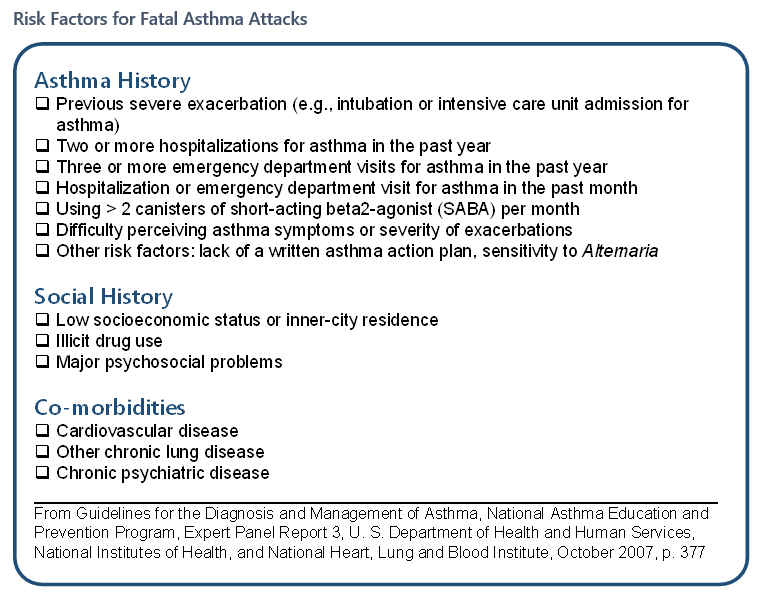SA³MPROTM Asthma Emergency Treatment Plan & Asthma Action Plan
A school asthma management program should consist of Asthma Management Plans (AMP) that include:
• A school-based Asthma Emergency Treatment Plan (AEP) that would apply to all students who present with troublesome asthma symptoms but do not have a documented and updated AAP available for access by the school nurse.
• An individualized Asthma Action Plan (AAP) for individual students with a diagnosis of asthma.
Ideally, the AEP and AAP would be complementary and result in a comprehensive approach to the management of asthma (both acute and chronic) within the school setting.
Asthma Emergency Treatment Plan
Arabic
Dutch
English
French
German
Italian
Karen
Russian
Somali
Spanish
Traditional Chinese
Ukranian

Asthma Action Plan (AAP)
The Asthma Action Plan (AAP) developed by the SA3MPRO™ Workforce is an individualized treatment plan for the chronic and acute management of asthma at home and at school. For users who wish to modify existing plans, we advocate including the Essential Features of a School-related Asthma Action Plan and, if needed, include the School Supplementary Treatment Orders Form.
Transmitting the AAP to schools directly from the clinician’s office is strongly encouraged, as manual transmission of the AAP by the patient can be inconsistent. Electronic sharing capabilities, both within the electronic health record (EHR) and beyond, have created a variety of options for easy transmission of information, including to local schools. The most common mode of transmission via the EHR is by electronic fax (e-fax). If direct fax is not available, then traditional fax methods can be utilized. It is important that clinicians are aware that the fax machine at schools is often shared with the main school office. It is important to include cover sheets and protect the bi-directional flow of health information in compliance with the HIPAA and FERPA privacy laws.
Having easily accessible and accurate school contact information can also be challenging. This process can be improved by developing a partnership whereby area schools provide local health care providers with a list of school contact information (and vice versa), preferably with similar lists being built into the EHR. As health information exchanges grow in use, we encourage clinicians and school nurses to work with EHR vendors to integrate the AAP into the EHR. Methods of transmission are summarized below.
Transmission of the AAP
|
Transmission
|
Advantages
|
Barriers
|
|
Manual
|
• Universally available
|
• Unreliable
• No direct communication from the provider to the RN
|
|
Telephone or Electronic Fax
|
• Available to most schools and clinics
• EHR integration feasible
|
• Need correct contact information
• May require manual faxing
• Concerns for patient confidentiality and readability
|
|
Direct electronic messaging and/or web portals
|
• Direct, secure transmission
• May offer bi-directional messaging
• Automatic uploads of documents
|
• Schools must have access to web portal and/or EHR
• Not widely available
• Requires IT support
|
5/22/2023